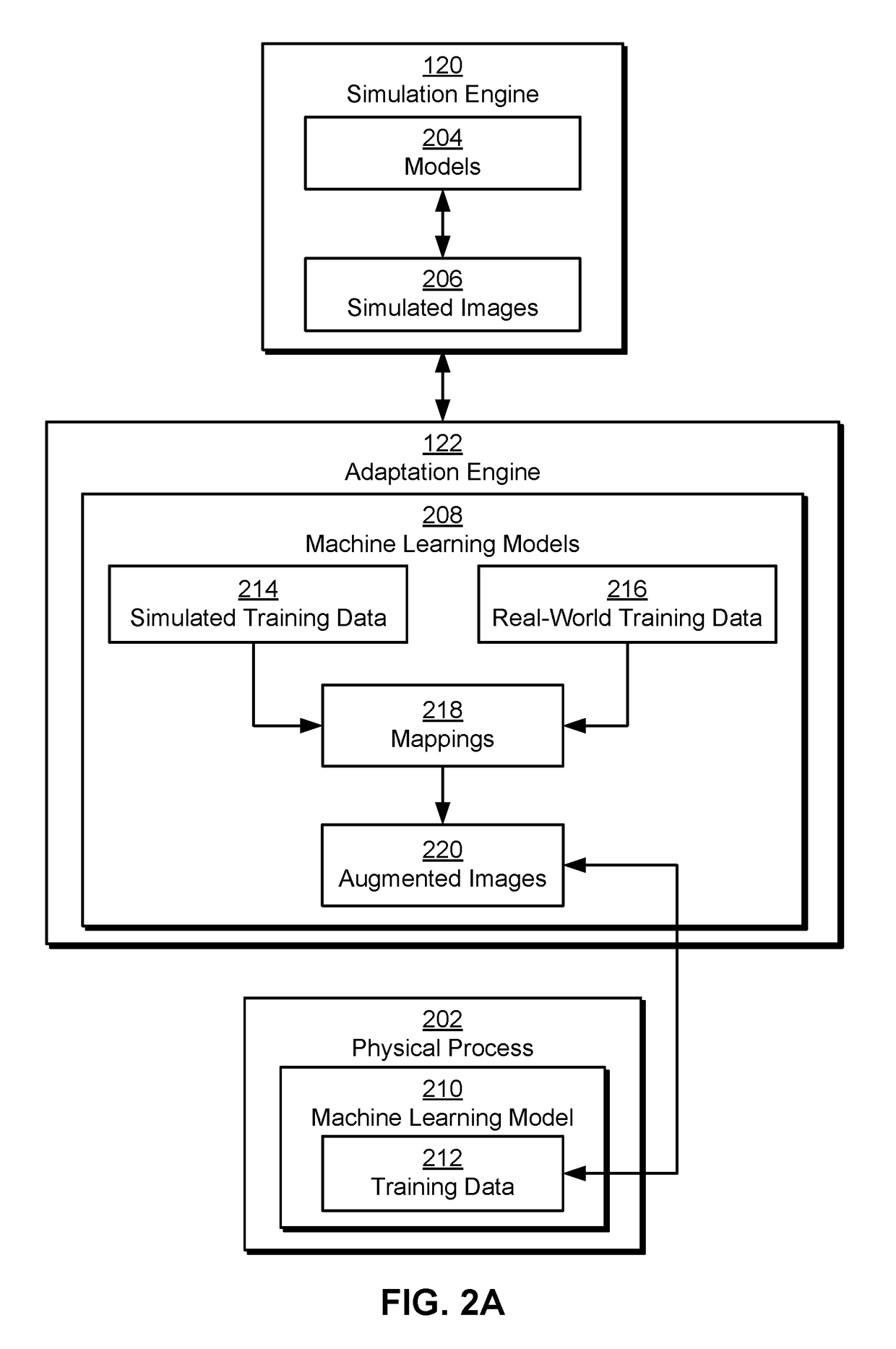Adapting simulation data to real-world conditions encountered by physical processes
a simulation data and real-world environment technology, applied in the field of simulation data, can solve the problems of inability to accurately reflect, tedious, inefficient, etc., and achieve the effect of improving the efficiency, flexibility, and effectiveness of training and executing
- Summary
- Abstract
- Description
- Claims
- Application Information
AI Technical Summary
Benefits of technology
Problems solved by technology
Method used
Image
Examples
Embodiment Construction
[0002]Embodiments of the present invention relate generally to simulation data, and more particularly, to adapting simulation data to real-world conditions encountered by physical processes.
Description of the Related Art
[0003]Physical processes can include tasks or actions performed by industrial robots, three-dimensional (3D) printers, machine tools, self-driving cars, and / or other automated technologies. Such automated technologies are commonly trained using machine learning techniques or programmed to carry out the tasks or actions. For example, an industrial robot may be trained or programmed to perform tasks such as welding, painting, assembly, pick-and-place of electronic components, packaging, and / or labeling. In another example, a self-driving car may utilize computer vision, control systems, and / or artificial intelligence to drive along a route between two points while avoiding obstacles and obeying traffic signals and signs without requiring human input.
[0004]Such physical...
PUM
 Login to View More
Login to View More Abstract
Description
Claims
Application Information
 Login to View More
Login to View More - R&D
- Intellectual Property
- Life Sciences
- Materials
- Tech Scout
- Unparalleled Data Quality
- Higher Quality Content
- 60% Fewer Hallucinations
Browse by: Latest US Patents, China's latest patents, Technical Efficacy Thesaurus, Application Domain, Technology Topic, Popular Technical Reports.
© 2025 PatSnap. All rights reserved.Legal|Privacy policy|Modern Slavery Act Transparency Statement|Sitemap|About US| Contact US: help@patsnap.com



